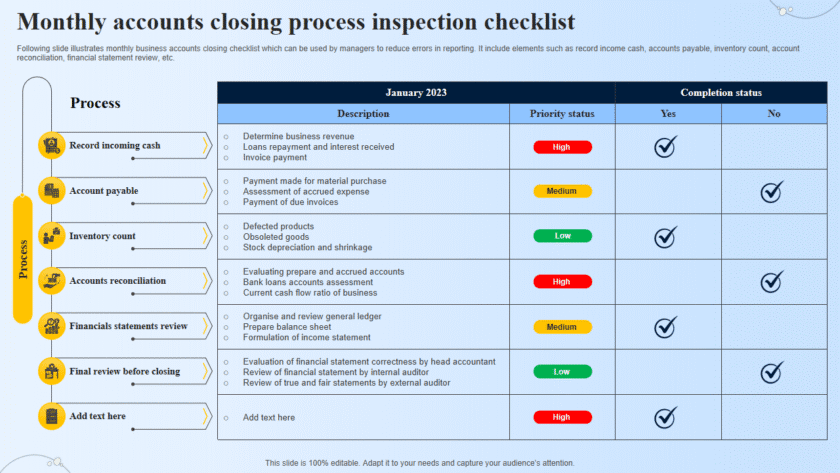Easy way to Properly Scan a Computer Network
Network scanning is a procedure for identifying active devices on a network by employing a feature or features in the network protocol to signal devices and await a response.
Network scanning is a procedure for identifying active devices on a network by employing a feature or features in the network protocol to signal devices and await a response. Most network scanning today is used in monitoring and management, but scanning can also be used to identify network elements or users for attacks.
The specific protocol features used in scanning depends on the network, but for IP networks scanning normally sends a simple message (a ping for example) to each possible IP address in a specified range, and then uses another protocol to obtain data on the devices if a response to the ping is received.
When used by monitoring and management systems, scanning is used to identify current network users, determine the state of systems and devices, and take an inventory of network elements. Often an inventory of devices is compared against a list of expected devices as a measure of health. All these are legitimate management functions and are used routinely by network administrators.
Scanning used by attackers relies on the same tools and protocols as monitoring and management scanning. An attacker would normally first obtain the IP address range assigned to a company using the domain name system (DNS) or the WHOIS protocol. Addresses within that address range would then be scanned looking for servers, their operating systems, the system architecture, and the services running on each. The attacker can then attempt to breach the target systems and applications.
Network scanning techniques and tools
Nmap is a network scanner created by Gordon Lyon. Nmap is used to discover hosts and services on a computer network by sending packets and analyzing the responses. Nmap provides a number of features for probing computer networks, including host discovery and service and operating system detection.
It may be defined as the tools used to perform a scan on the network to detect the existing vulnerabilities. The network scan is all about checking for the security misconfigurations in the network devices. Another reason that usually leads to vulnerability in the network is using the old versions of any service. The network scanning could be performed using either the command line utilities of the Linux operating system or some of the cloud-based applications.

Nmap may be considered another command line-based network scanning utility found inbuilt on some of the Linux distribution. It runs the scan in order to check open ports. It comes with NSE (Nmap Scripting Engine) scripts to detect network security issues and misconfiguration. It is a free tool that checks for host. As discussed above, it is one of the most reliable network scanners used across the industry. It is an open source tool.
WireShark
Wireshark is a free and open-source packet analyzer. It is used for network troubleshooting, analysis, software and communications protocol development, and education. Originally named Ethereal, the project was renamed Wireshark in May 2006 due to trademark issues.
And is a graphical network traffic analyzer built on the text-based tcpdump utility and monitors all network traffic coming in and out of an interface.
Wireshark and Omnipeak are two powerful and famous tools that listen to network traffic and act as network analyzers.
It’s an open-source tool that is known as a multi-platform network protocol analyzer. It scans data vulnerabilities on a live network.
Angry IP Scanner
This is a free and open-source network scanner developed for easier and more effective port scans. The tools run on Linux.
He provides detailed reporting and logging options that enable users to review the results of the scan in a user-friendly format.
Open Ports and Secure Your Network
Network or IP Scanning Tools are programs that detect network flaws and protect the system from unusual behavior. It is a simple way to secure your computer.
Nessus
Nessus can be considered the other network scanning tool used to ensure the security of the application by magnifying the vulnerabilities. One of the most widely used enterprise scanning tools, the Tenable owned it provides amazing scanning capabilities, including many predefined. Tenable Nessus is an industry-standard platform that scans for security flaws in hardware, software, OSes, cloud services and other network resources.
Tcpdump
This is a data-network packet analyzer computer program that runs under a command line interface. It allows the user to display TCP/IP and other packets being transmitted or received over a network to which the computer is attached. Distributed under the BSD license, tcpdump is free software.






